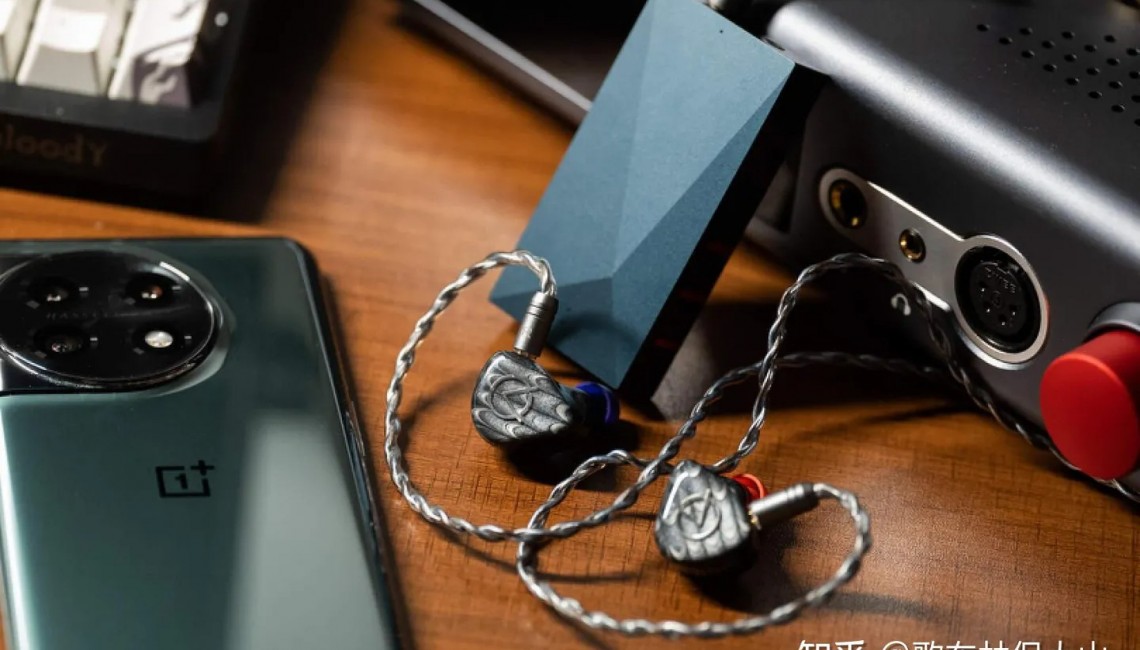
The DB1 is an in-ear monitor (IEM) that I've been using for quite a while, featuring a higher number of frequency bands than the titanium bell. Let's delve into this first. In terms of the IEM's tuning itself, it offers a slightly warm-neutral tone. When coupled with the Beam 4, the sound takes on a moderate thickness and density, with exceptionally bright and beautiful high frequencies. It accurately portrays the fine details of instruments, and vocals sound excellent with this setup. Particularly when listening to Hong Kong and Taiwan pop music, especially older Cantonese songs, the emotional depth is rich. In terms of low frequencies, while they may not reach extreme depths, they are sufficient. This combination provides a comfortable, relaxing experience with a slightly captivating tuning that makes it quite enjoyable. It's particularly well-suited for larger music productions. Speaking of which, this genre demands top-notch quality from both the IEM and the front end, especially regarding dynamics and soundstage. In my view, this pairing may lack slightly in those areas. However, this doesn't overshadow its excellent detail and contour portrayal, rendering it a versatile option for various genres.
OpenAudio Mercury Featuring a hybrid structure of one dynamic and five balanced armature, Mercury's tuning leans toward a pop-oriented sound profile. Initially concerned that pairing it with the Beam 4 might be overpowering, the actual outcome proved otherwise. The rich and dense pop atmosphere is even more accentuated compared to the DB1, enhancing the emotional depth without becoming overwhelming. The vocals remain exceptional in this setup, with a touch of brightness, though slightly less pronounced than with the DB1. In essence, this combination offers a more prominent pop-oriented sound, making it a compelling option for enthusiasts who appreciate a diverse range of popular music styles.
Tangzu Audio - Wan'er SG Indeed, the name of this IEM is quite unique, isn't it? In fact, all the IEM names from this brand stand out, like ZeTian Wu, Shimin Li... even the brand name itself has roots connected to the Tang Dynasty. And the price is just a little over a hundred RMB! I've reviewed this IEM in the past and found that it delivers good sound quality at a very reasonable price point. This time, testing it with the Beam 4 confirmed my earlier impressions. Overall, the quality of this pairing may not match up to high-end listening experiences. The resolution is average, and transparency falls short compared to other headphones. However, where it shines is in the listening experience, offering a smooth and enjoyable sound. Distortion control is on point; no matter the genre, you won't encounter harsh noises or odd sounds. While it may feel slightly muted, clarity is maintained, ensuring every sound is distinct. The detailing of edges and lines isn't the most refined, yet it augments the music's atmosphere with a high level of smoothness. For beginners on a budget, this combination is definitely worth considering.
Let's wrap things up with a challenging one: MoonDrop Venus This headphone is a planar magnetic one, meaning it requires a good amount of power to drive. To power this headphone, I had to switch to high gain on the Beam 4, utilize the balanced port, and crank up the volume on both the phone and Beam 4 to the max. Is it perfect? Not quite. Its sound performance falls short in terms of dynamism compared to my QA390. However, the Venus's sound with the Beam 4 isn't unpleasant. While the overall density might be lacking a bit, the sound resolution and transparency stand out. The sharpness of the line contours is notable, and it manages sibilance control well in the high frequencies. It may not be very suited for pop music due to thin vocals and slightly dispersed bass. Yet, when exploring other genres, the intricate details of the instruments shine through immediately, creating a captivating experience. I have never particularly recommended using a small to drive large headphones, but it can be a fun experiment. It's interesting to note that the Beam 4 seems very versatile in what it can power, right? After testing it with various headphones, it's clear that the Beam 4 offers good compatibility with a range of headphones, even handling larger, more demanding ones quite well. It's also not to be underestimated with smaller earphones. Recently, I purchased a silver cable for just a few dollars, and it managed to elevate the sound quality of these budget earphones significantly. If you're in the market for a solid portable device, the Beam 4 is definitely worth considering. However, it's important to note that it's not flawless. In my experience, it feels slightly sharp and not the most comfortable to hold. The edges are quite pointed, and the manufacturer has confirmed that they won't be providing a case, so you'll need to find one yourself for better handling. Additionally, I've heard that the LDO in the latest Beam 4 is from Texas Instruments, but the specific model remains a mystery. The manufacturer only mentioned that this LDO is nearing discontinuation, suggesting potential downgrades in future units. So, make sure to appreciate and take care of your purchases!

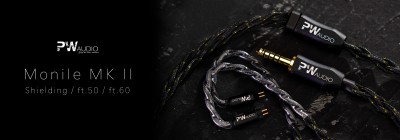
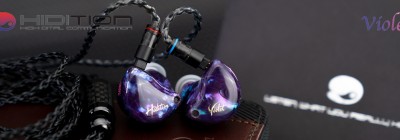



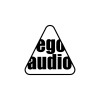





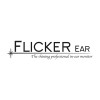
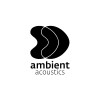


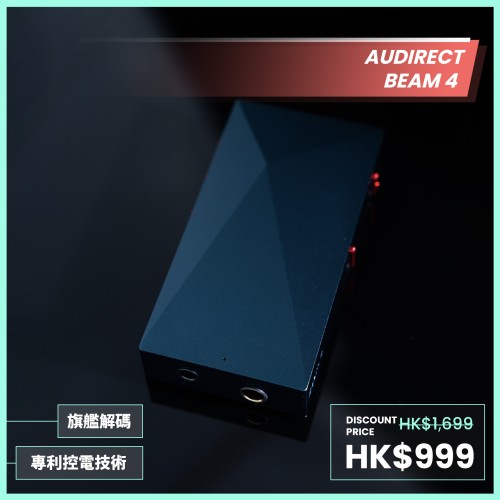
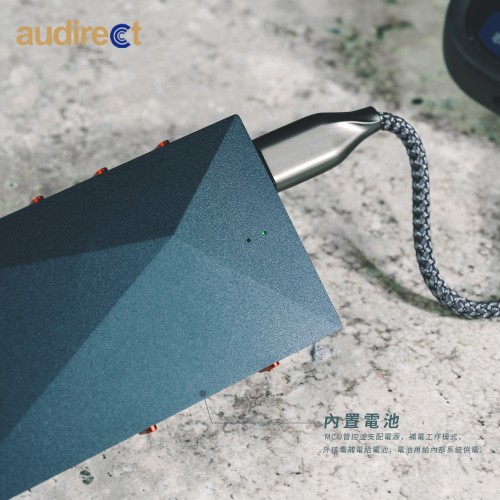

-500x500w.jpeg)
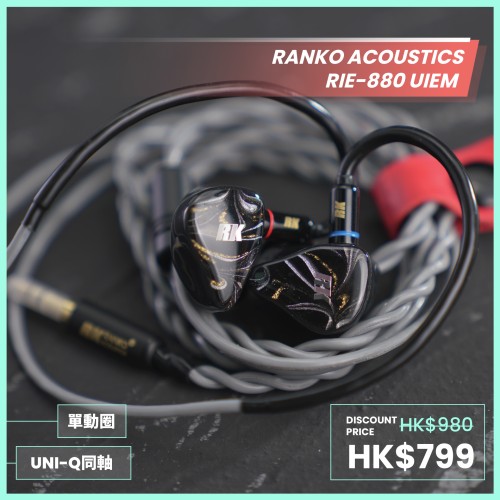

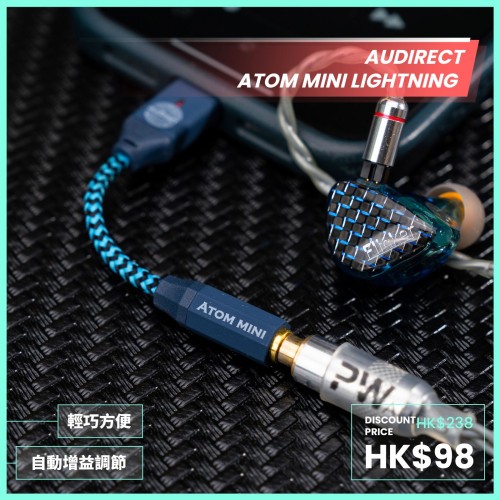
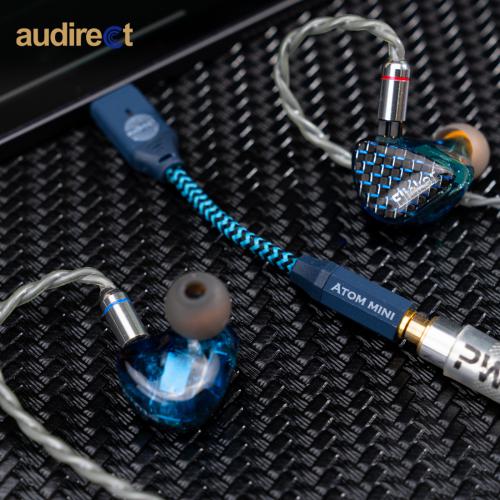
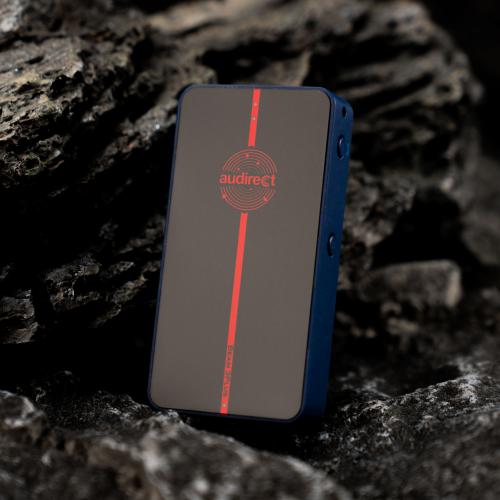
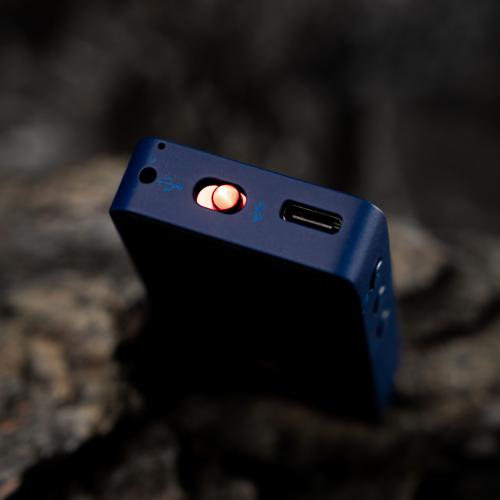
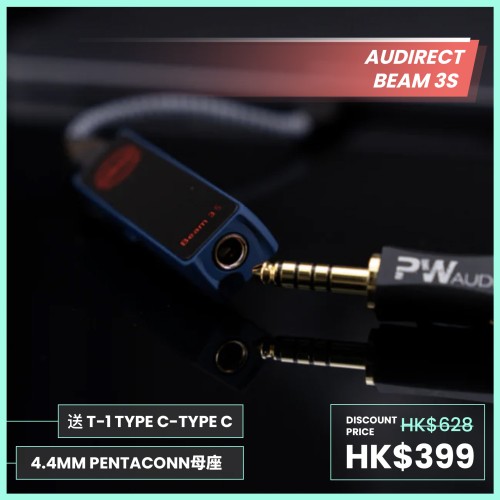
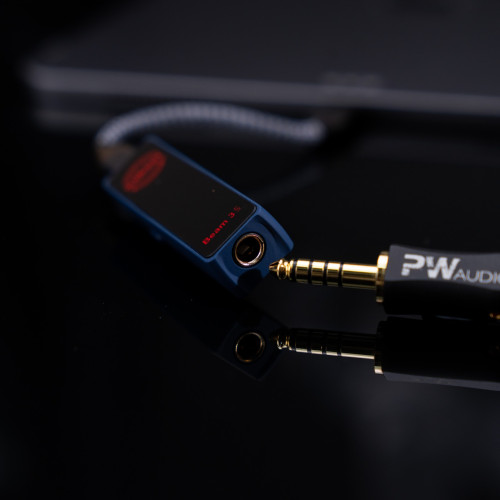
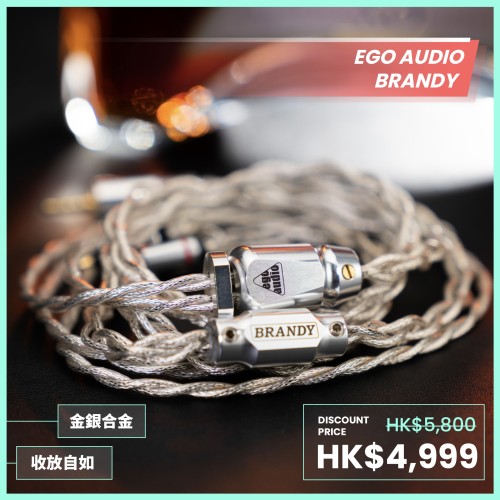

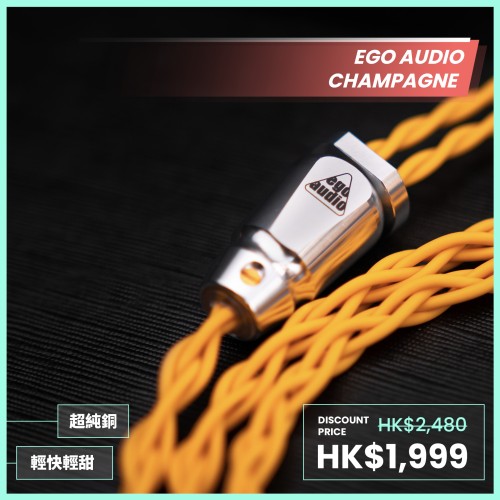

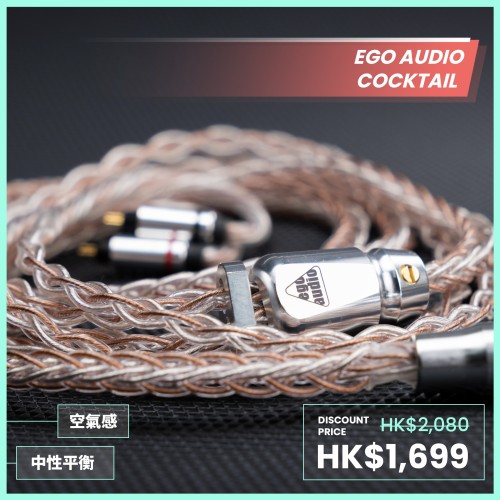

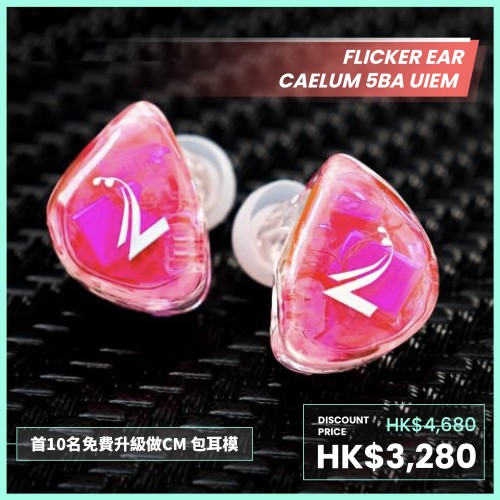

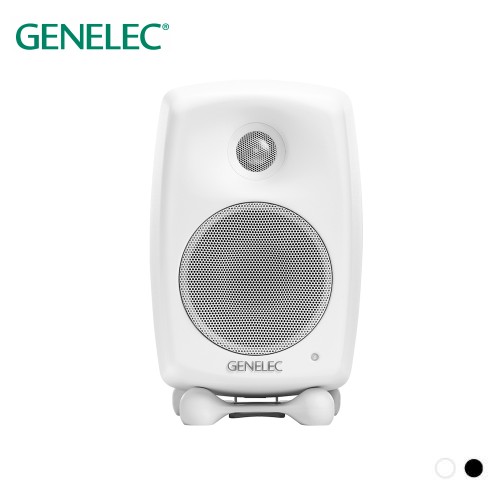
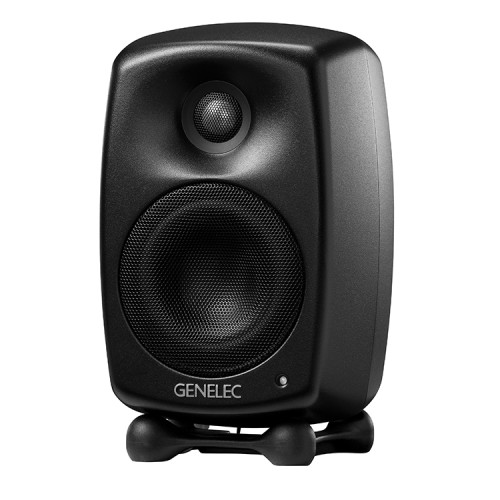
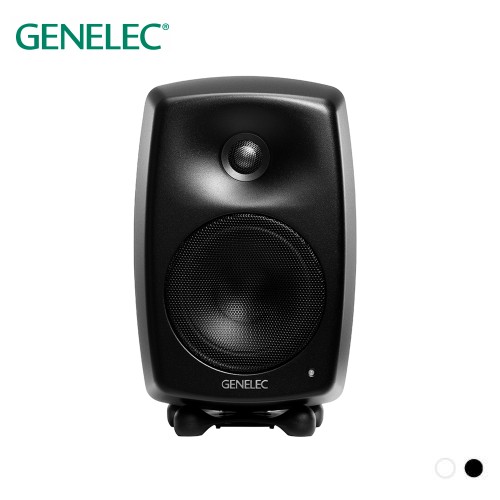
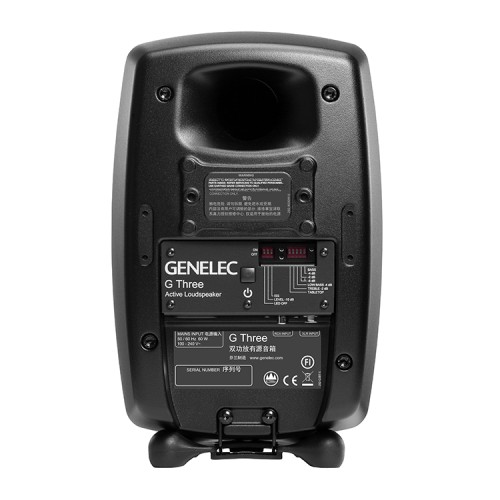
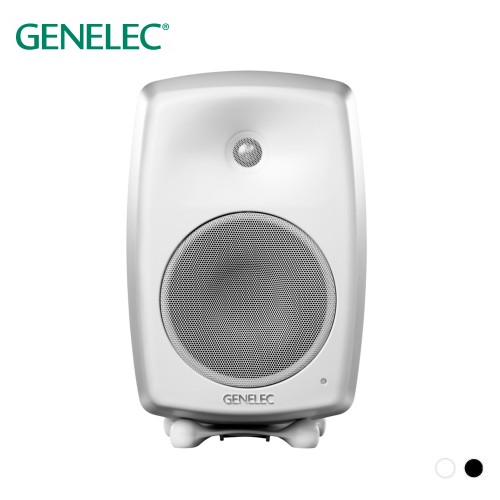
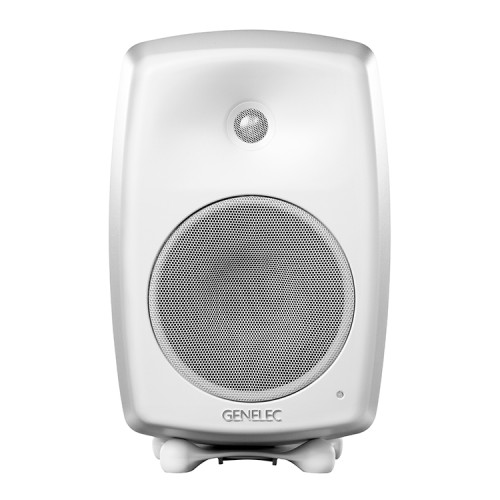
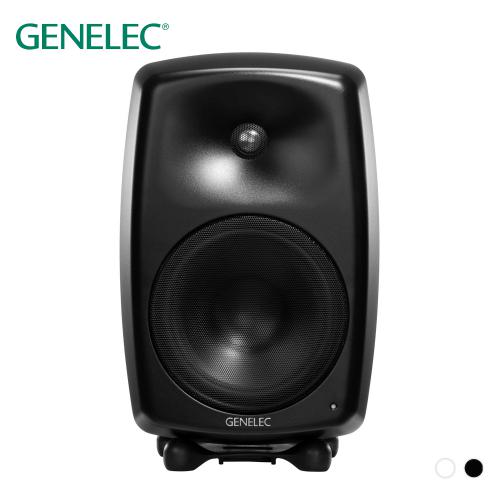
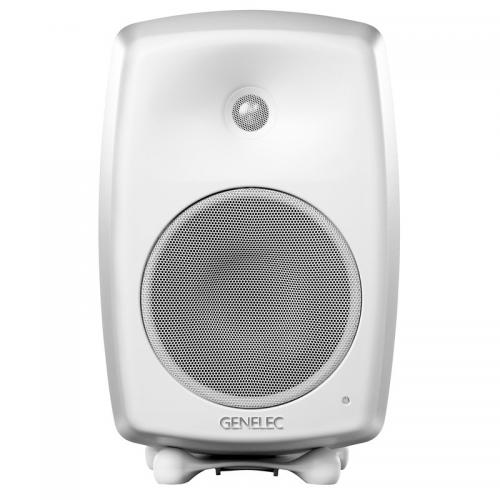
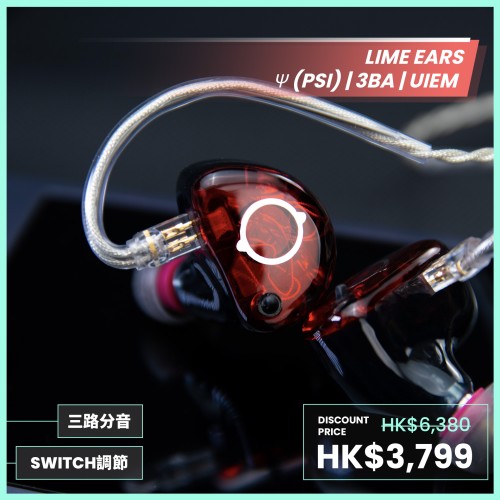
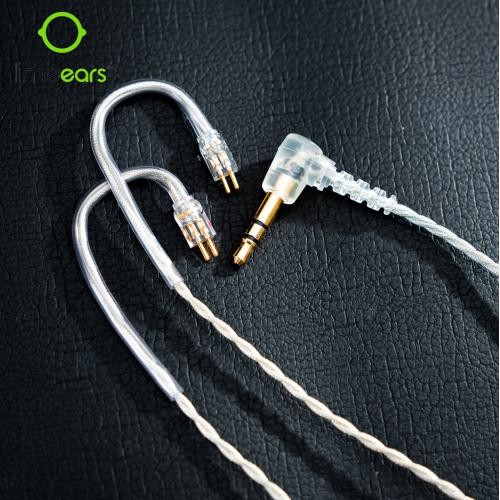

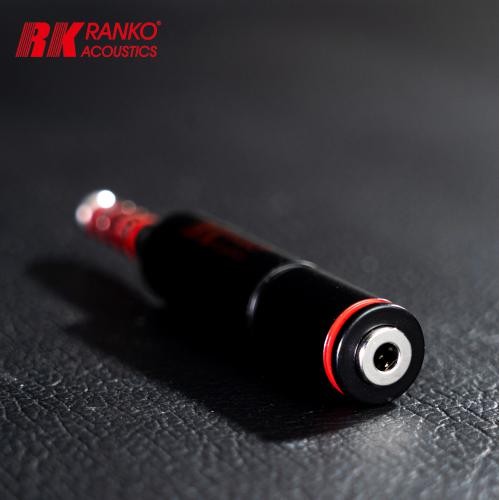
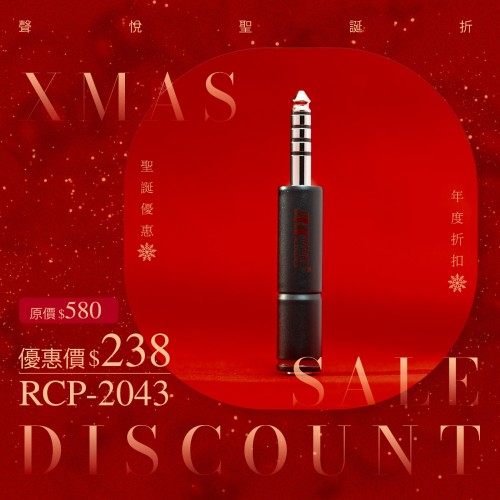
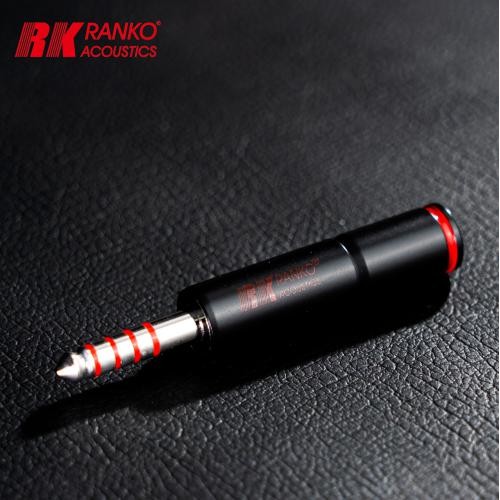
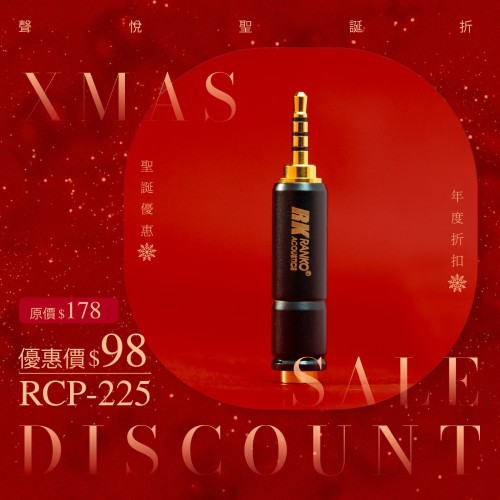
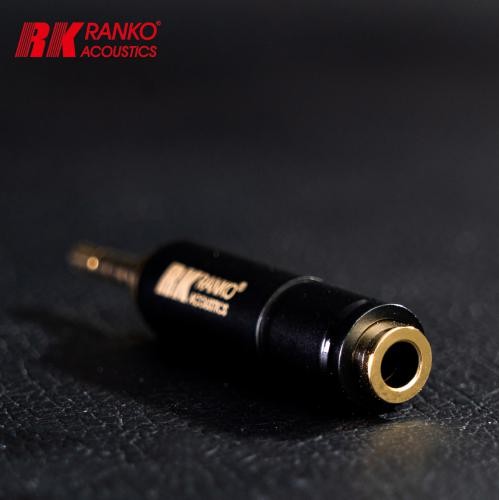

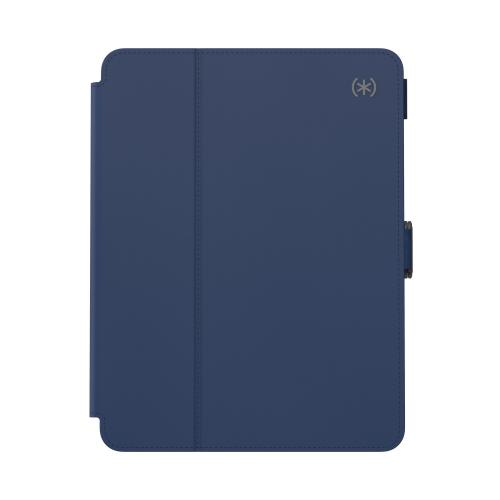


Leave a Comment